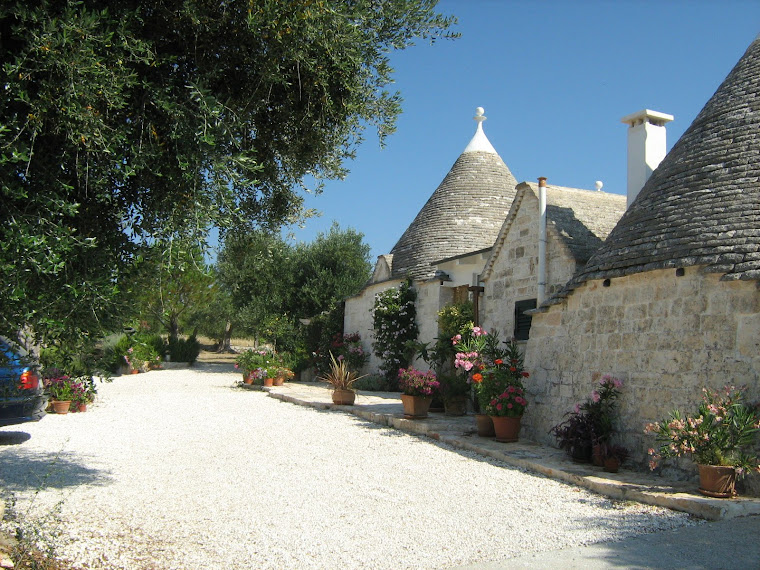The earliest evidence of these constructions appears to be around the 16th Century in the area of Alberobello. Local farmers started building these structures from the local stone without the use of mortar. The gaps allowed trapped air to form a barrier against swings of temperature and also a cushion against earthquakes.
As the community grew the Duke of Conversano, the Landowners, imposed taxation on properties. However, as the Trulli were built without mortar the owners were able to dismantle their homes prior to the arrival of the tax inspectors and upon their departure the homes were rebuilt!
Finally, in 1797 after a popular uprising King Ferdinand 1V removed this taxation and, until 2009 when taxation was removed from all primary residential homes, Trulli still enjoyed a substantial reduction dating back to this Royal declaration.
Puglia stretches 350 km from its northern border with Molise to the tip of the heel at Santa Maria di Léuca, and 100 km at its widest by the Gargano promontory. The area where Trulli are to be found, predominantly in the Valle d'Itria, covers an area of little more than 60 X 40 km.
Why such a small area and why these strange conical roofs that are seen nowhere else in Puglia let alone in Italy?
There is a Legend. A Legend of Biblical proportions originating in the Turkish village of Harran, or according to its ancient name Caran, where two thousand years before the birth of Christ, Abram was said to have taken his people to the Land of Canaan. The existing town of Harran was rebuilt a thousand years ago following the Byzantine conquest of Puglia when Jewish tribes established themselves in the area between Bari and Taranto bringing with them this oriental architecture, specifically between Ceglie Messapica, Martina Franca, Cisternino, Locorotondo, Alberobello, Noci, Putignano and Castellana.

No comments:
Post a Comment